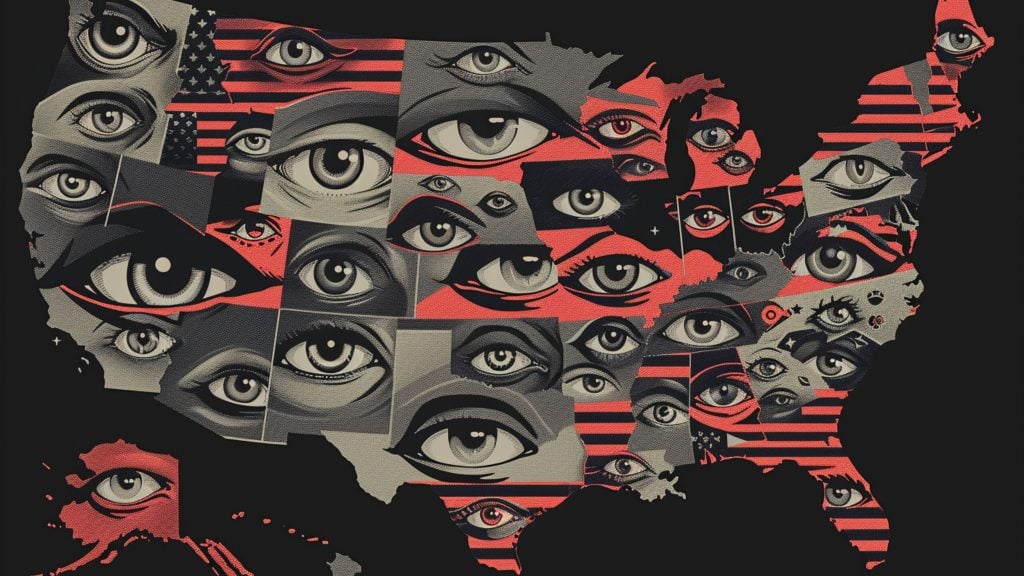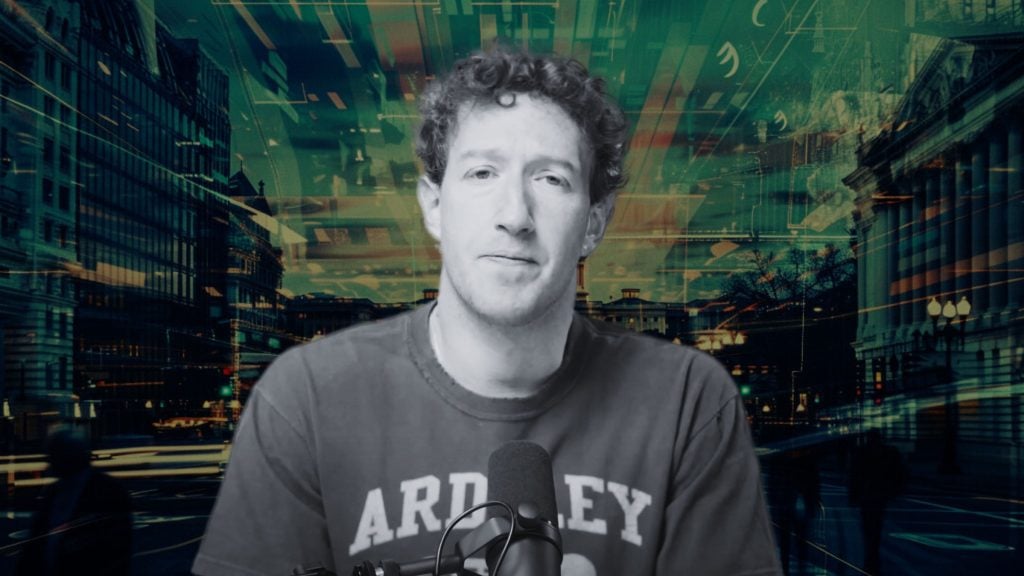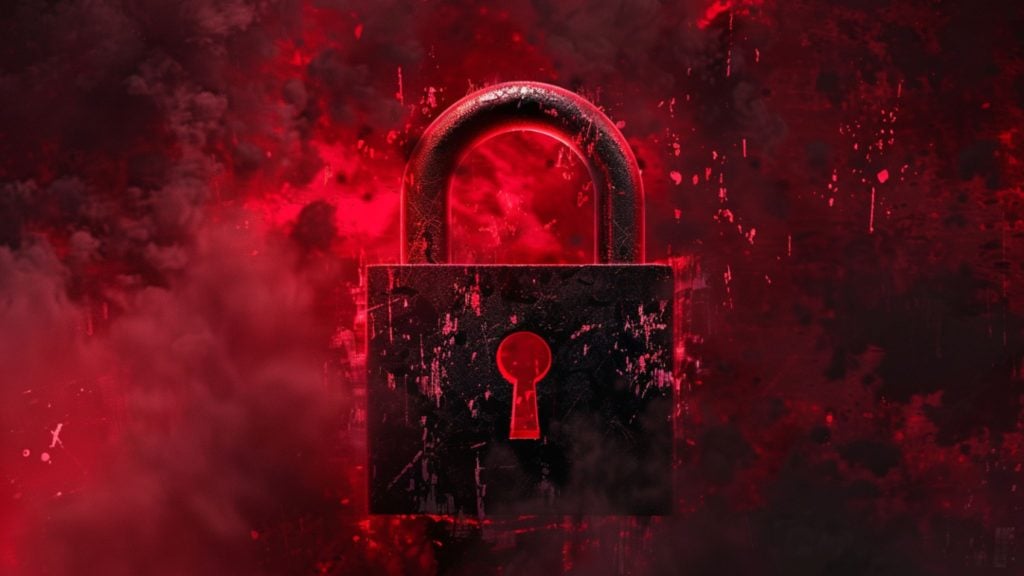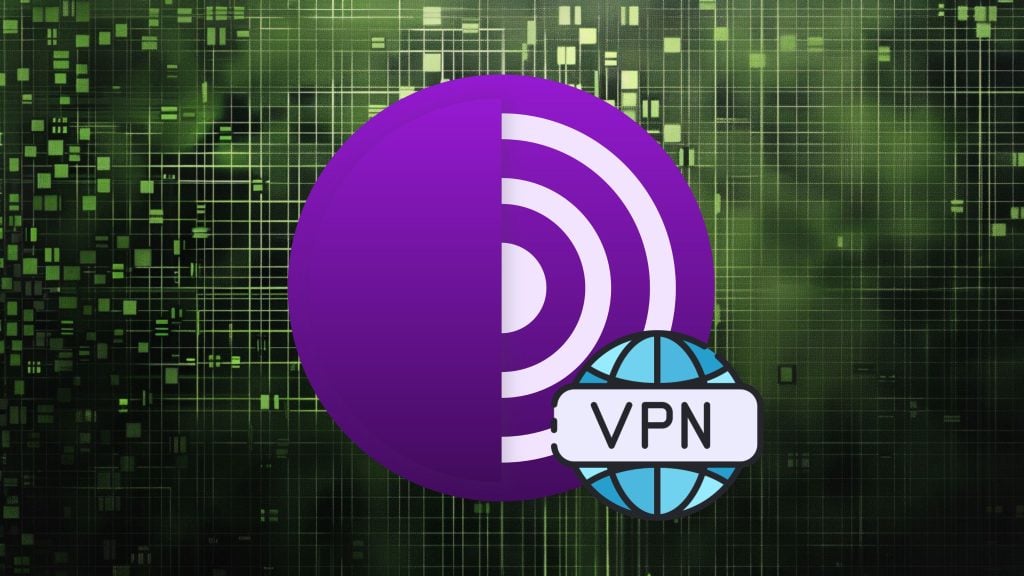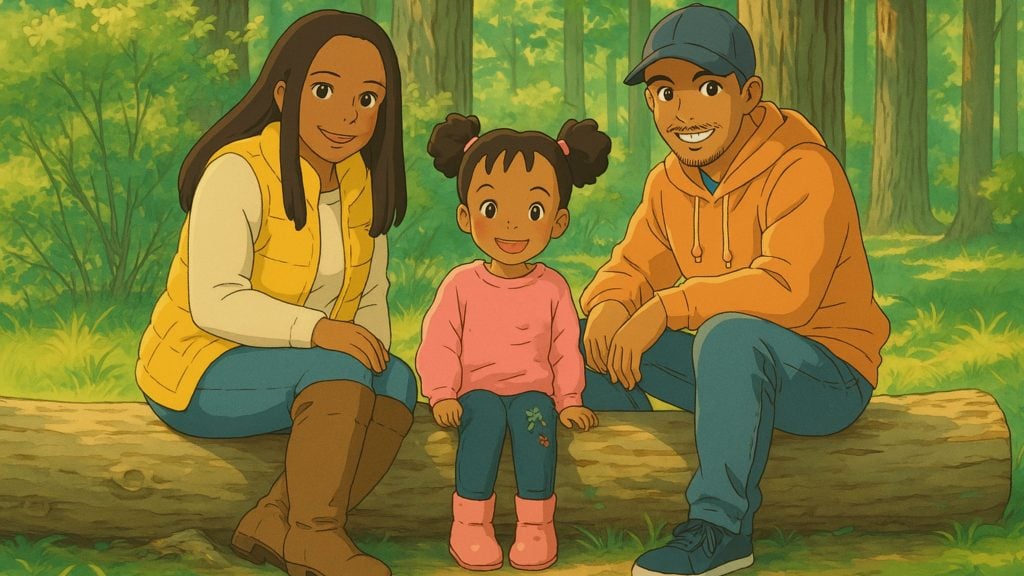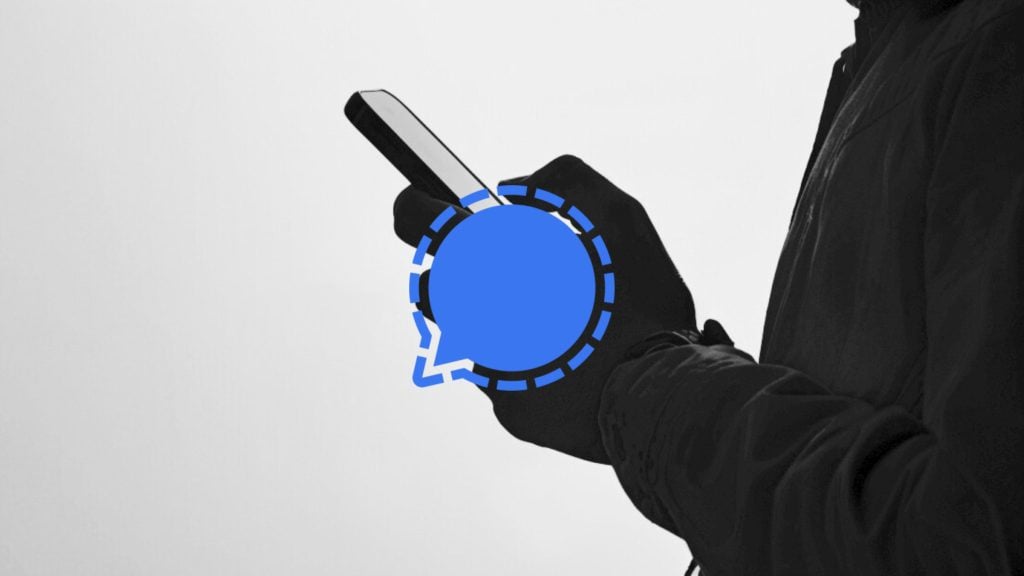In case there has been much doubt about it, newly available data shows that Google’s video giant YouTube works best for other giants, such as traditional, legacy publishers, while independent creators are consistently drawing the short end of the stick.
Early this year, YouTube decided to give in to pressure from legacy media and tweak the algorithm responsible for the “recommended” section on the platform, to show more content produced by such media. Up until that point, it was argued that recommended videos were mostly spreading fake information, conspiracy theories, and right-wing radicalization writes Mark Ledwich.
But were these videos prohibited by YouTube’s terms of service? No – they were simply undesirable, and the justification for purposefully downranking them in search results was justified by this content being “borderline” – that is, “it comes close to – but doesn’t quite cross the line of – violating our Community Guidelines.”
The author points out that the vague wording here, as ever, has the potential to be abused – especially put together with the power of YouTube as a growing source of news – while recommended videos are responsible for as much as 70 percent of watch time.
No wonder then, that everybody wants as big a possible slice of that pie, and no wonder that this business consideration is wrapped up in the language of the greater good: stop fake news, disinformation, and blatant conspiracies.
And YouTube’s changes have negatively affected small, “deep state conspiracy” channels – as intended.
But, according to the data examined by Ledwich, YouTube’s tweaked algorithm has also managed to stop independent, small creators. “Recommendations to cable news channels, like Fox and MSNBC, have increased. Suggestions to a seemingly random selection of independent YouTubers have reduced,” he writes.
And these independent creators are not only those targeted by the changes but also those like David Pakman, a progressive bent on presenting quality information – who is now losing recommendations to MSNBC and other large, established media outlets whom Ledwich says are also prone to pushing conspiracy theories of their own.
It also remains unclear why YouTube would undermine independent creators who don’t fall into the categories of promoting extremism and conspiracies – but who do depend on YouTube as their primary platform and source of revenue. And given the vague wording defining unwanted content – namely, that which is “borderline” – these creators are not given any real clues as to what they should tweak and change about their content to ensure its viability and monetization on YouTube.
Consistent policy
YouTube giving in to legacy media’s demands for a bigger share in the most lucrative search real-estate on the platform started taking shape first in the US, and then spreading to other parts of the world.
In the past, YouTube sought to downplay the importance of news content on the platform, suggesting instead that major categories include entertainment, music, and gaming. And this may be the reason the giant is willing to undermine its own revenues by undermining independent news content creators who are not to its liking. Even though they bring in millions of views, their overall share in YouTube’s business is still small. And cutting them off must seem like a small price to pay in order cross off media giants from the list of YouTube’s vocal critics.
CEO Susan Wojcicki made the claim about news commentary taking up a “very small” part of the platform recently. She didn’t go into the numbers and did not provide an explanation for how YouTube defines an “authoritative” news source as it favors these over the smaller, independent ones, whose content is now demonetized.
The term “authoritative” here is about as broad and impossible to credibly define, as “borderline” is when it comes to unwanted content: it’s in the eye of the beholder. What is evident from the list of the suppressed channels is that they are mostly, though not exclusively, conservative.
A while later, Wojcicki doubled down on YouTube’s preference for these self-styled “authoritative sources” while at the same time cracking down on “borderline” content that doesn’t in reality break any rules.
She sprinkled the message with a dash of hypocrisy, describing what YouTube is effectively doing as something that it works to avoid: “Without an open system, diverse and authentic voices have trouble breaking through. And the voices that do get a platform often sound like those who already have one.”
More evidence of YouTube favoring big, legacy media emerged from a study analyzing 40,000 videos appearing in the Trending tab between November 2017 and June 2018 – a whopping 95 percent of these links came from legacy media outlets, reports said at the time.




